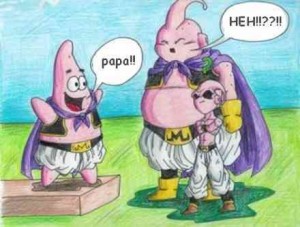The Three Meanings of Similarity
We can say that two objects are similar if they look alike. In layman’s words, objects with the same shape, whether they have the same size or not are usually called similar. In mathematics, it is quite different. In this post, we are going to learn the three mathematical meanings of similarity.

In mathematics, two objects are similar when either one of the following three conditions is true.
1. When one figure is reduced or enlarged, it will become congruent with the other
The first meaning is based on the definition of congruence. That is, when two figures are similar, if one figure is enlarged or reduced, then they will become congruent with the other. This definition is better illustrated graphically, using a drawing or an applet just as the one shown below. » Read more

